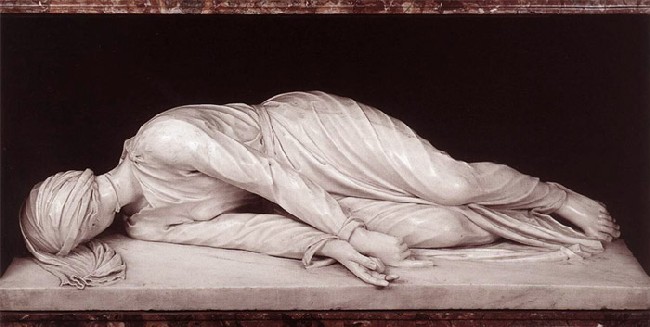I read a few paragraphs from the "The Benedictines,"(1) nearly every day. This small, seldom mentioned book, was originally published in 1929, eighty years ago. If we use 20 years as a cultural generation, we are about four generations past the generation of the book.
The reason I mention the passage of time is because of the following paragraph from "The Benedictines":
“The past glories of monasticism are deeply imbedded in the historical consciousness of us all. Who has not heard of Canterbury and Westminster, Bec and Cluny, Montserrat and Monte Cassino? Their very names have a beauty and associations which rival the names of myth and romance enshrined by Virgil and Milton.”
The answer to the question is: me!
Prior to becoming an oblate, the glories of monasticism were NOT deeply imbedded in my historical consciousness. I had heard of Canterbury and Westminster, but only in the context that they were places in England and without any thought that they were related to monasteries or monasticism.
More embarrasing is the fact that I had never heard of Bec, Cluny, or Montserrat.
In fact, Monte Cassino, is the only place I knew was a monastery, but I did not associate it with the common-knowledge glories of monasticism, but rather I knew it as the “Italian” monastery bombed to smithereens by the allies during World War II.
Although the "The Benedictines" was written in England and I live in the United States, the comment about what everyone knew in 1929 as part of the “historical consciousness of us all” and the knowledge of the glories of monasticism always strikes me as one of the many fascinating passages from the book because of what paragraph says about my own education and how much I had not known about monasticism until I visited St. Leo Abbey in Florida, USA in 2006.
What the rest of the world may know about the glories of Canterbury and Westminster, Bec and Cluny, Montserrat and Monte Cassino I do not know, but I think the author of the “The Benedictines" would find that the modern world has lost much of the memory of monasticism.
_________________________
Footnote:
(1) "The Benedictines," A Digest for Moderns
By Dom David Knowles
Monk of Downside Abbey, 1929
Here are previous blogs about "The Benedictines":
Friday, December 19, 2008
Demanding what’s lacking.
Wednesday, October 29, 2008
What oblates do.
Sunday, October 26, 2008
1,500 years together — Attachment and Detachment.
Tuesday, October 21, 2008
What’s So Special About Ordinary?
Sunday, August 17, 2008
A Jewel Paid Into the Church Treasury.
Sunday, March 23, 2008
Oblate Spring launched today.
Wednesday, March 18, 2009
Loss of Monasticism Memory. A Benedictine oblate blog
Subscribe to:
Post Comments (Atom)










I have to agree. I had heard of all those places, knew a few of them were monastaries, but had never associated any of them with the Benedictines. The author writing in England in the 1920's was definately writing from a place and time where things spiritual were still held in respect by much of society even if they didn't practice it themselves. Our world today has become increasingly secular with anything spiritual being relegated to the fringes along with fanatical fundamentalism. Perhaps that is why more people are being called to be Oblates; to help bridge the gap.
ReplyDeleteYou are absolutely right about the loss of tradition.
ReplyDeleteAnd the Benedictines is a great read.
Keep in mind however that Dom Knowles' book was written as propaganda for a particular interpretation of the Benedictine charism - he was trying to turn the English Congregation to which he belonged more toward the Solesmes rather nineteenth century romanticised high medieval strictly contemplative model, and the rebellion he led at Downside at that time led to him living most of the rest of his life outside the cloister!
He was also a historian who pretty much accepted and perpetuated protestant views about the degenerate nature of late medieval church which are now being overturned...